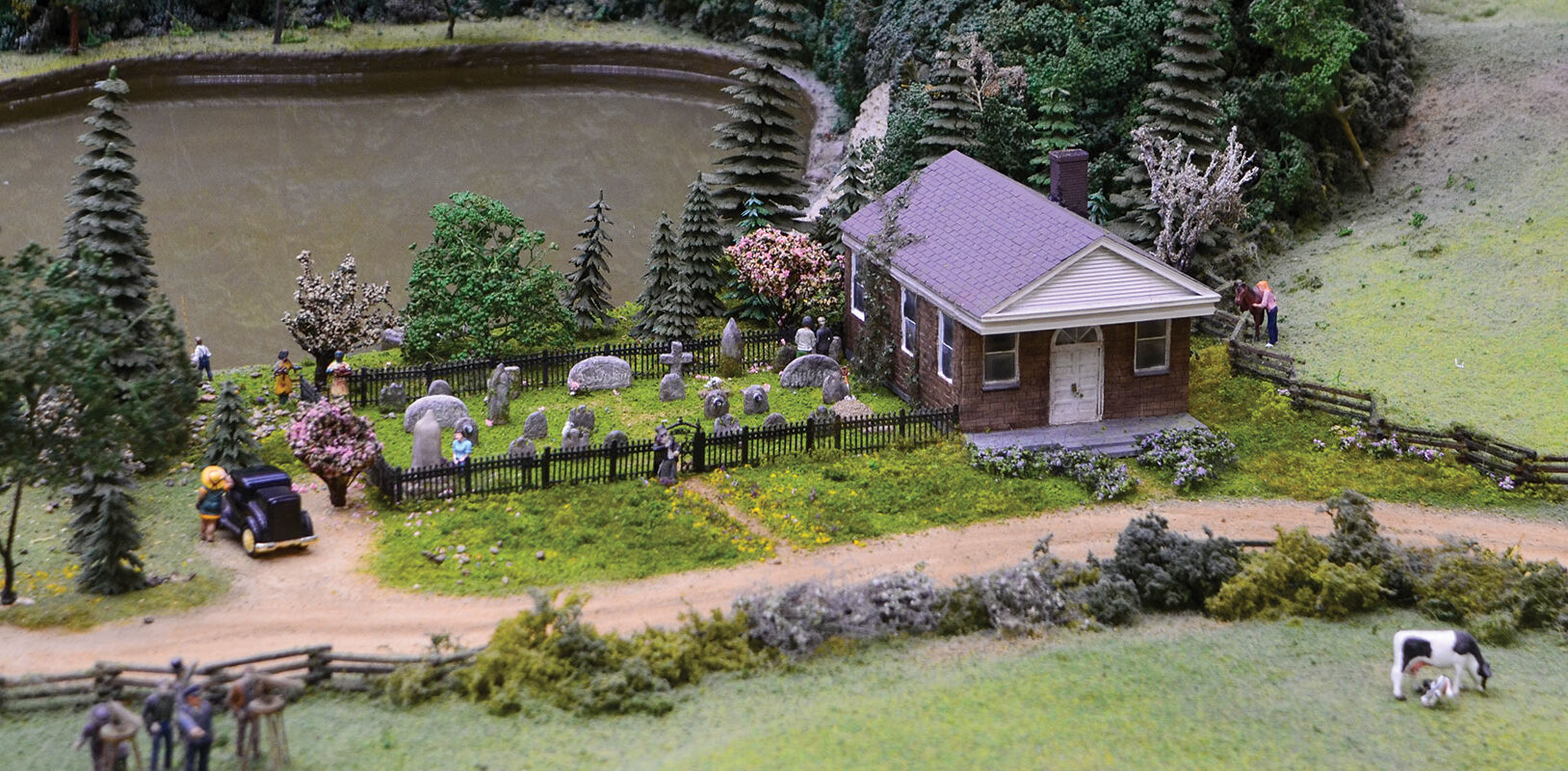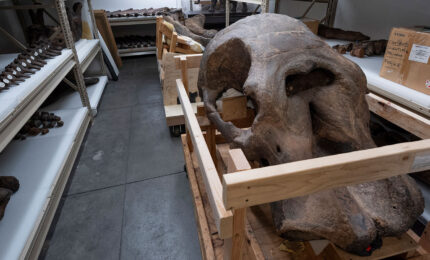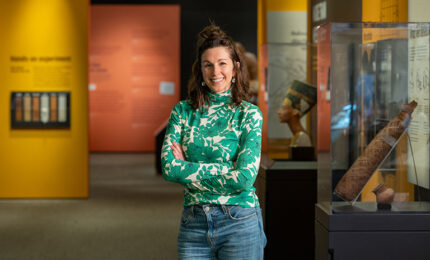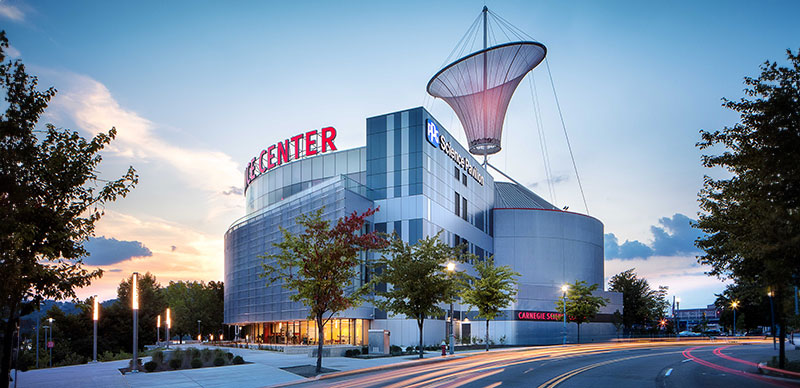Anthony “Nino” Balistrieri had a dream that, one day, his skills as a model builder for Carnegie Science Center’s Miniature Railroad & Village® and his devotion to horror movies would cross paths.
So, every year for the past 20, Balistrieri would suggest that the village open its tiny doors to the 1968 cult classic Night of the Living Dead. After all, the picture—which is now and forever preserved as part of the Library of Congress’ National Film Registry—is the stuff of western Pennsylvania legend and lore.
Not only was the movie directed by George Romero, a graduate of Carnegie Institute of Technology (now Carnegie Mellon University), but Pittsburgh-area locations took center stage, as did local residents willing to roam and moan for free. At the time, it was about managing costs on a flatlining budget; now it’s considered a badge of honor.
Sadly, every year, Balistrieri’s hopes were ripped to shreds like so many zombies devouring their prey.
Then, last year, the dead were finally given a new lease on life. It seems the stars had perfectly aligned to bring Night of the Living Dead’s iconic Evans City chapel and cemetery to their rightful resting place among the Miniature Railroad’s other regional landmarks.
If die-hard fans hadn’t intervened several years ago to preserve the real chapel, this piece of movie history would exist in miniature form only.
“It’s such a cool story,” says Nicole Wilhelm, manager of the Miniature Railroad & Village.
Built in 1923, the stone structure was literally crumbling from decades of neglect. By 2011, it was not long for this world. Enter the picture’s sound engineer, Gary Streiner. Reaching out to his fellow horror enthusiasts (including Balistrieri), he raised nearly $50,000 to rescue the decaying chapel.
As a result, the setting for the movie’s opening sequence, where Gary’s brother, actor Russ Streiner, utters those eerily prophetic words, “They’re coming to get you, Barbara,” still stands. In fact, it’s now the only building left from the movie.
“We’re usually closed for maintenance during October, but since we were planning to stay open, we really wanted to do something special for Halloween.”
–Nicole Wilhelm, Manager Of The Miniature Railroad & Village®
Meanwhile, Balistrieri’s one-man campaign to add it to the Miniature Railroad benefited from good, some might even say spooky, timing. “We’re usually closed for maintenance during October,” Wilhelm adds, “but since we were planning to stay open, we really wanted to do something special for Halloween.”
First, Wilhelm and her team took a road trip to see the chapel for themselves. Last summer, they drove a half hour north to Evans City. Once there, they snapped photos, took measurements, and talked to members of the local historical society.
“The one creepy story everyone wanted to share with us,” Wilhelm recalls, “was how bodies were stored in the chapel’s basement during the winter months, when the ground at the adjoining cemetery was too frozen to dig graves.”
The team returned to the Science Center determined to launch this year’s model in time for All Hallow’s Eve (aka Halloween).
For much of the Miniature Railroad’s 100-plus-year history, models were handcrafted using an array of materials from cotton swabs to angel hair pasta. But nowadays, digital technology has provided designers with additional tools, and Balistrieri was stoked to fire up his computer and start building the two-dimensional version of the chapel. Using one of Wilhelm’s photos as the foundation, he expanded the architectural rendering to include details like the doors, windows, and unique stone façade.
Converting his computer drawing to scale (4 feet in the real world equals 1 inch in miniature), he readied the files for the next step: constructing the model from liquid resin using a 3D printer. Because the printer is relatively small, about the same size as most desktop varieties, the model was segmented into four separate components, each one taking 24 hours to print.
“Think of it like a loaf of bread,” Balistrieri says. “Each slice is a piece of the structure from the front to the back.”
Hot out of the toaster, so to speak, the slices—or plastic building blocks—had to be cleaned with alcohol and cured under ultraviolet light before they could be glued together and painted to match the chapel’s exterior.
That left just one last task: capping it with a roof. Mixing new-age tech with old-school model building, Balistrieri took a sheet of extra-fine sandpaper and cut it into strips to create the building’s shingles.
Visitors can now find the chapel and cemetery nestled quietly within the farmlands section of the Miniature Railroad. Look closely, and you’ll see that one of the tombstones bears the name of Charles Bowdish, the Miniature Railroad’s founder.







